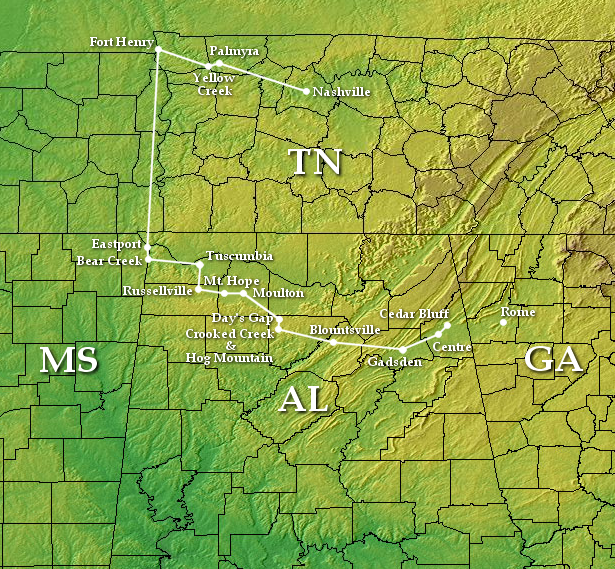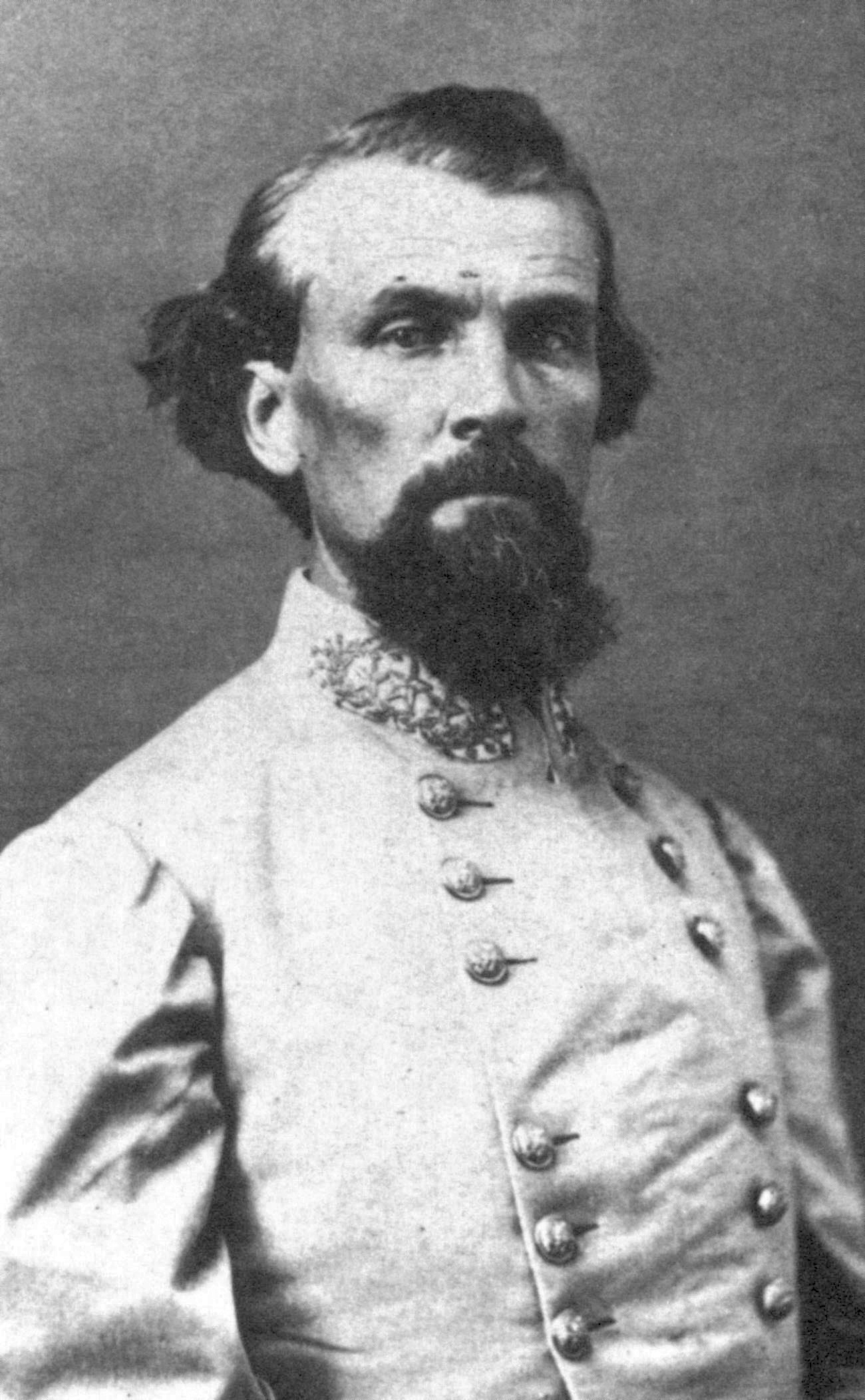 |
| Col. Abel Streight |
As Grant was preparing to cross the Mississippi River, he arranged for several feints to try to distract the Confederates from his beachhead. One of these was a raid by Abel Streight and his “Mule Cavalry.” Streight was from Indianapolis, and was a printer before the war. He rose to the rank of Colonel, but had seen no combat. He did, however, serve as part of a unit in Union-held Alabama. There he met the Union sympathizers of the area, but this contact caused him to overestimate the number of men in Alabama who supported the Union.
He proposed a plan to his commanding officer to take a mounted brigade into Alabama and strike the Western & Atlantic Railroad, an important Confederate supply line. The scheme was approved, and he was assigned 1,700 soldiers from two cavalry and four infantry regiments. But the problem was that the army didn't have enough horses to mount these troops. Instead, they were assigned mules from Tennessee farms as their mounts. Much amusement was had at the would-be cavalry's expense as they attempted to train these mounts. It didn't bode well for Streight's raid.
 |
| Streight's raid |
The expedition began on April 19, 1863. Notwithstanding a temporarily shielding by 8,000 real Union cavalry, soon Nathan Bedford Forrest was on his track with the gray troopers. On April 30 he caught up with him at the Battle of Day's Gap. Forrest tried to surround him, but he was repulsed by Federal charges. Although they had a temporarily reprieve, Streight's men were doomed. Their mules couldn't keep ahead of the Confederate horses, and their position was betrayed by loud braying.
Streight burned the bridge across Black Creek after he crossed. He hoped he could make it to Rome, Georgia, ahead of Forrest, and turn and face in in the town's entrenchments. But a Confederate girl, Emma Sanson, directed Forrest to a ford across Black Creek that allowed him to continue the pursuit, and a local ferry operator made it to Rome before the Union. The citizens came out of the town and beat back the Federal advance.
 |
| Nathan Bedford Forrest |
His 1,400 exhausted men were soon surrounded by Forrest, who actually had only 400 men. But Forrest paraded his men over and over again before Streight during negotiations, convincing him to surrender. When he discovered the trick Forrest had played on him, he tried to change his mind, but Forrest would have none of it. Many of the Union prisoners, including Streight, were sent to Libby Prison in Richmond. But after a year he was able to escape along with 107 others, in one of the most dramatic prison stories of the entire Civil War.
Videos courtesy of Cullman County Museum and Kelton Design.





0 comments:
Post a Comment